Brian McClear

Have you ever tried to think about skin as a canvas to paint on? The representational painter Brian McClear portrays people who are like works of art, focusing on the imaginative and symbolic realm of their tattoos.
Brian’s paintings range among different subjects: still-life, small objects, and portraits, but they demonstrate stylistic coherence for balance and solidity. His selected Ink&Oil series is an original interpretation of the contemporary portrait genre, halfway between realistic—almost photographic—representation and abstract intentions. Brian chooses to portray subjects who are very different from each other but share a unique trait: the presence of numerous tattoos on their bodies as powerful forms of self-expression. They are not decorative ornaments but identity statements that express their personal history and attitude. Their body artworks are immediate insights into their personalities, intriguing and inviting the viewer to interpret.
Looking at Brian’s figurative portraits, one could wonder: why do people dress their skin with pictures? This ancient form of body art, born for tribal and therapeutic purposes, has motivations that often transcend rationality. It may arise from the need to commemorate a significant life event. They may be talismans laden with power or a sign of belonging. They could be elements of self-narration or arise from a simple impulse—the reasons are diverse and extremely personal. The painter captures the symbolic load of this choice. Like the protagonists’ tattoos, Ink&Oil portraits communicate so much, but without the use of words.
Brian’s style is akin to his content: communicative, intuitive, and energetic. These oil-on-canvases linger on the form and textures of the elements depicted, highlighting surprising visual connections. The painting process is also pure vitality. Brian starts with an archive of material references, sketches, and photos and through quick and energetic gestures, he paints them on canvas. The ideas that flow out in the first hours of work are as meaningful as the final result.
The gesture, the energetic painting process, and the vivid use of colours are elements that distinguish Brian’s practice. Therefore, among his favourite references is Jackson Pollock, the master of abstract gestural expression. In addition, the realism of Brian’s portraits embodies a symbolic dimension; it brings to mind the great American school of the 19th century, the characters portrayed by George Wesley Bellows or Winslow Homer. Each person seems to tell a story outside the frame.
Currently living and working in the United States, Brian McClear earned a BFA from Columbus College of Art and Design. He worked as an illustrator and in leading marketing agencies. Recently, he decided to devote himself to painting, preferring bold brushstrokes to the mouse. His works received national awards, and private collections and museums exhibited them. Brian’s portraits do not leave you indifferent: they are full of liveliness and always allow a sense of wisdom and strength to shine through.
Brian McCLear is the Gold Artist of the ArtAscent Portraits call for artists. To see the full body of work and profile, get a copy of the ArtAscent Art & Literature Journal Portraits issue.

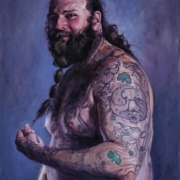
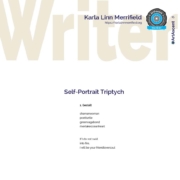
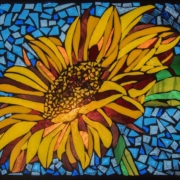
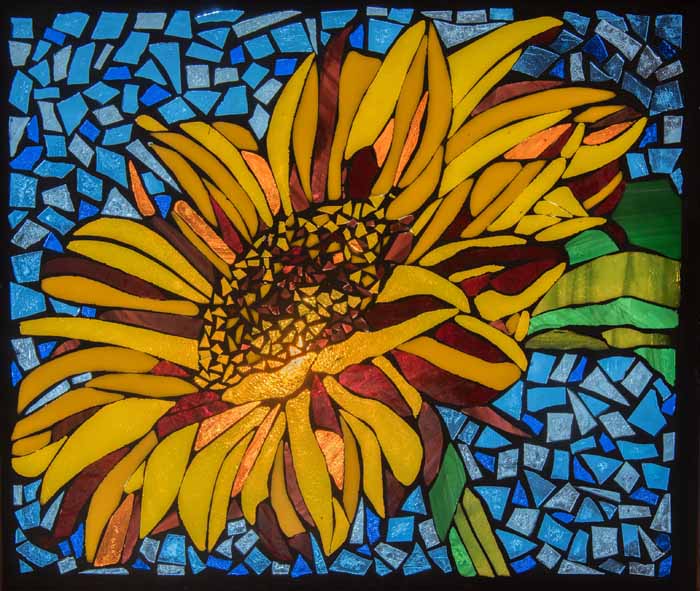




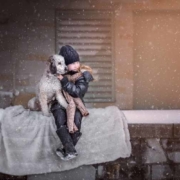

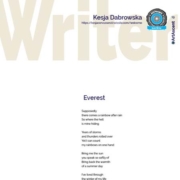
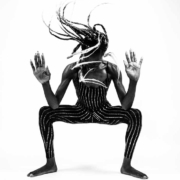



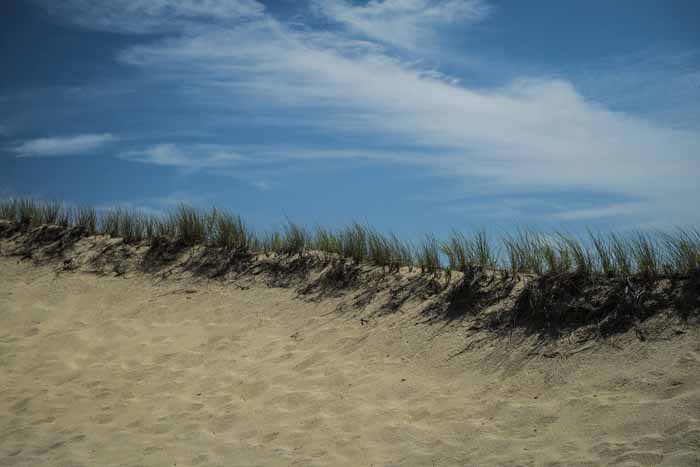
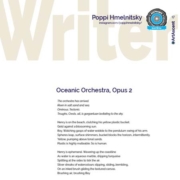
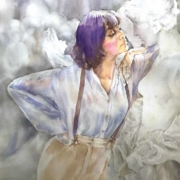
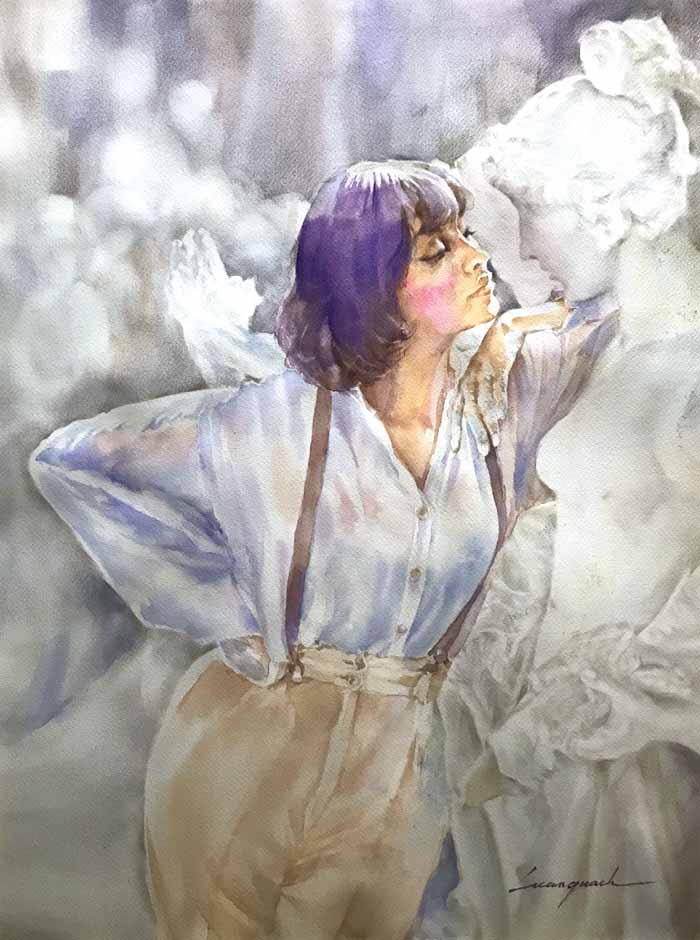






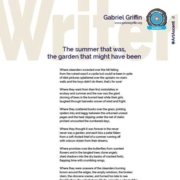
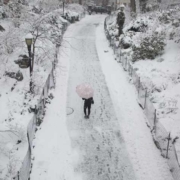

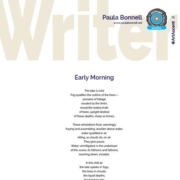


Recent Comments